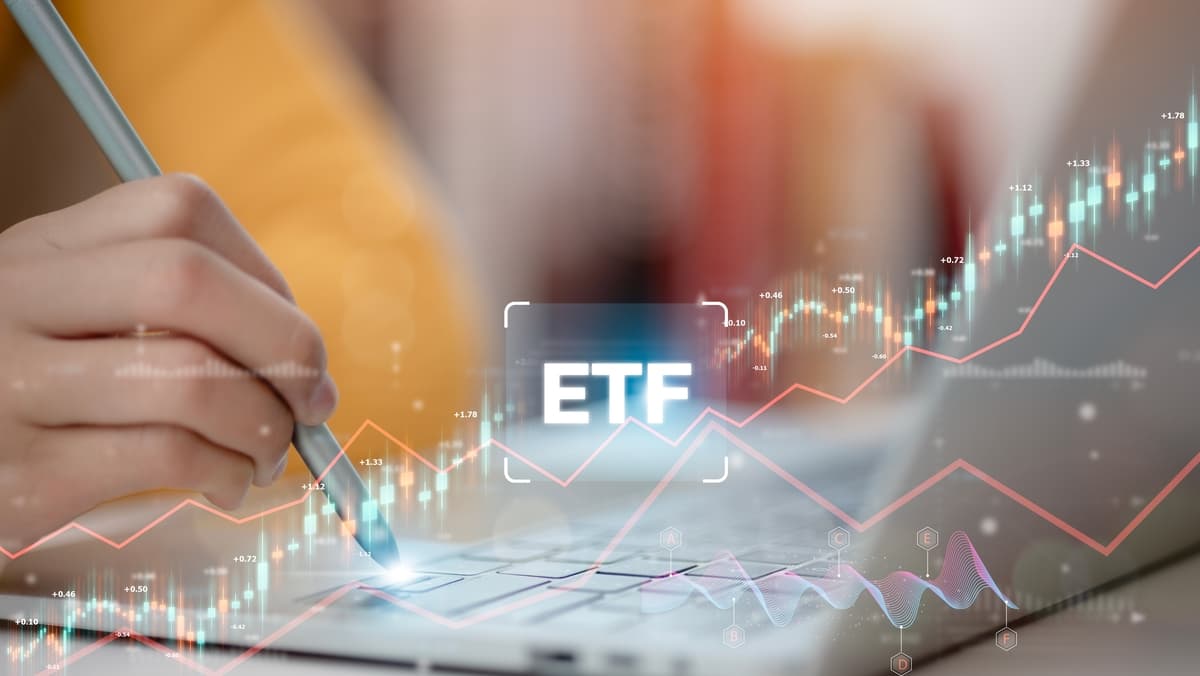星期五 Apr 25 2025 07:27

6 最小

Bond market today: the bond market has recently shown signs of recovery, particularly in the realm of bond exchange-traded funds (ETFs), as interest rates appear to be stabilizing.
Recovery of Bond ETFs
Bond ETFs have experienced a resurgence as market conditions improve. Major funds such as the iShares Core US Aggregate Bond ETF and Vanguard's Total Bond Market ETF have seen increased demand, indicating a renewed interest in fixed-income securities. This recovery is attributed to a stabilization in interest rates, which has provided a more favorable environment for bond investments.
Interest Rate Stabilization
Interest rates have been a focal point for the bond market, particularly as central banks navigate inflationary pressures and economic growth. Recent trends suggest that rates are stabilizing after a period of volatility, which has historically led to increased confidence among those looking to invest in bonds. A more predictable interest rate environment allows for better planning and investment strategies in the fixed-income space.
Economic Indicators
Several economic indicators play a crucial role in shaping the bond market. For instance, consumer sentiment and inflation expectations can significantly impact interest rates. Recent data indicating a more stable economic outlook has contributed to the current recovery in bond ETFs. As economic conditions improve, the demand for bonds tends to increase, leading to higher prices and lower yields.
Geopolitical Considerations
Geopolitical events also influence the bond market. Uncertainty in global markets can lead to increased demand for bonds as a means of capital preservation. Recent geopolitical tensions have prompted some market participants to seek the relative stability offered by bonds, further supporting the recovery of bond ETFs.
Shift Towards Active Strategies
There has been a noticeable shift towards actively managed bond strategies as market conditions evolve. While passive index funds have traditionally dominated the bond space, many are now recognizing the potential benefits of active management. Actively managed bond funds have shown a greater ability to adapt to changing market conditions, which can lead to improved performance compared to their passive counterparts.
Performance of Active Bond Funds
Data indicates that actively managed bond funds have outperformed their indexed counterparts in several categories. This trend suggests that skilled managers can navigate the complexities of the bond market more effectively, particularly during periods of volatility. As a result, many are reallocating their investments towards these actively managed strategies.
Increased Comfort with Active Management
Financial advisors are increasingly comfortable recommending active bond strategies to their clients. This shift is partly due to the recognition that active managers have historically performed better in the fixed-income space compared to their equity counterparts. Advisors are finding value in the flexibility and expertise that active management can provide, particularly in uncertain market conditions.
Despite the focus on bonds, many market participants are not abandoning their equity holdings. Instead, they are looking for ways to balance their portfolios by incorporating fixed-income investments. This approach allows for a more diversified strategy that can help mitigate risks associated with market volatility.
Interest Rate Risk
One of the primary risks in the bond market is interest rate risk. When interest rates rise, bond prices generally fall. This inverse relationship can lead to significant losses for bondholders, especially for long-duration bonds. As central banks adjust their monetary policies, fluctuations in interest rates can create uncertainty for bond investors.
Credit Risk
Credit risk refers to the possibility that a bond issuer may default on its obligations. This risk is particularly relevant for corporate bonds, where the financial health of the issuing company can impact the bond’s value. Investors must assess the creditworthiness of issuers to mitigate potential losses resulting from defaults.
Inflation Risk
Inflation can erode the purchasing power of fixed coupon payments from bonds. If inflation rises significantly, the real returns on bonds may diminish, making them less attractive compared to other investment options. This risk emphasizes the need for investors to consider inflation expectations when selecting bonds.
Liquidity Risk
Liquidity risk arises when investors cannot buy or sell bonds quickly without significantly affecting the price. Certain bonds, especially those from smaller issuers or less popular markets, may have limited trading volumes. This lack of liquidity can pose challenges when attempting to exit a position.
Geopolitical Risks
Geopolitical events, such as conflicts or trade disputes, can impact the bond market by influencing investor sentiment and economic stability. These events can lead to unexpected price movements and increased volatility, making it essential for bond investors to stay informed about global developments.
The bond market is currently experiencing a recovery, driven by stabilizing interest rates and a shift towards active management strategies. As bond ETFs gain traction, market participants are increasingly recognizing the value of fixed-income investments in their portfolios. With economic indicators pointing towards a more stable environment, the outlook for bonds appears promising.
Investors and financial advisors alike are adapting to these changes, seeking to optimize their strategies in response to evolving market conditions. By understanding the dynamics at play in the bond market, participants can make informed decisions that align with their financial goals.
When considering shares, indices, forex (foreign exchange) and commodities for trading and price predictions, remember that trading CFDs involves a significant degree of risk and could result in capital loss.
Past performance is not indicative of any future results. This information is provided for informative purposes only and should not be construed to be investment advice.